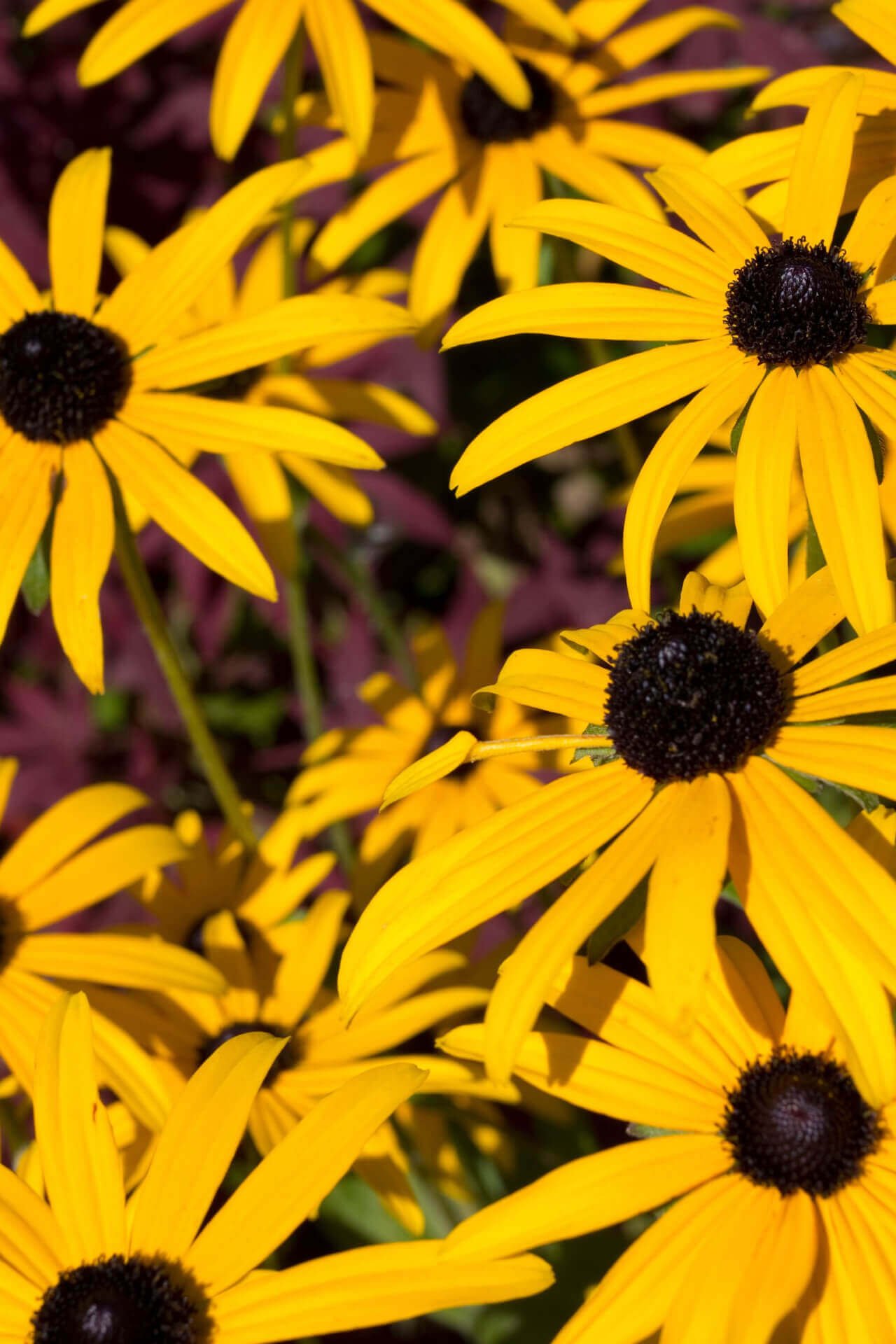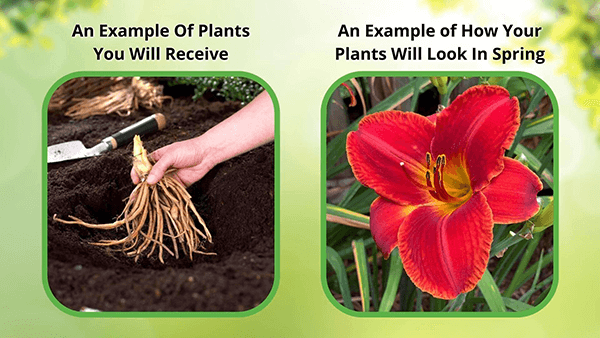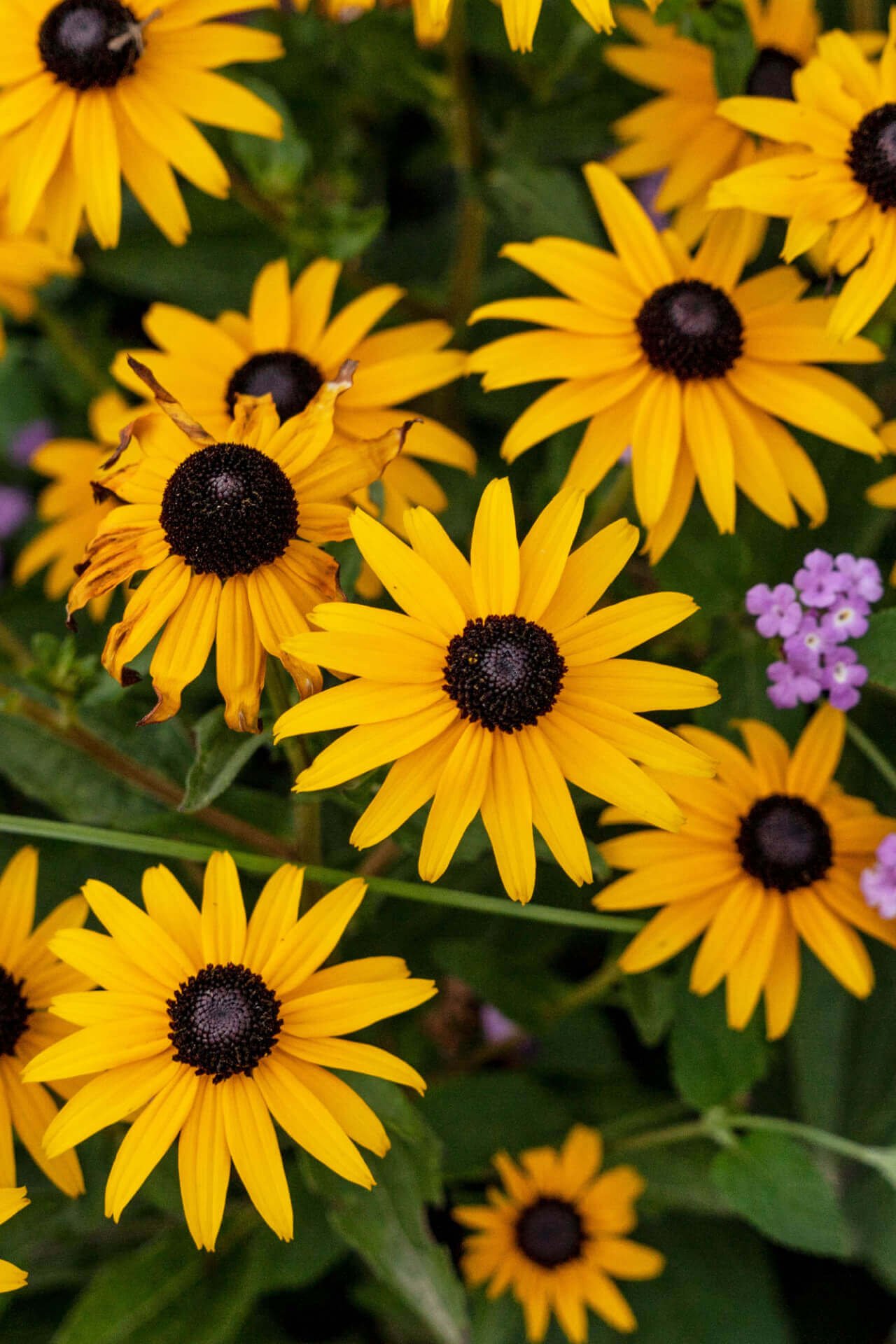



Brown Eyed Susan
We sell bare root plants - click here to see what you'll receive
Brown Eyed Susan: Rudbeckia Triloba
Brown Eyed Susan plants have bright yellow flowers that act as a beacon for bees, butterflies, and other insects, providing them with a valuable source of nectar and pollen. It is a vibrant and versatile perennial plant with numerous landscaping benefits. Its charming golden-yellow blooms with dark brown centers make it a delightful addition to gardens, natural areas, and urban landscapes. Beyond its aesthetic appeal, it contributes to the overall health and sustainability of the environment.
With vibrant yellow flowers, When the plants are in full bloom and easy to spot. Formally known as rudbeckia triloba, these flowers feature plush center disks that are a deep brown purple. These fuzzy centers gradually fade to brown and are surrounded by six to 12 bright yellow rays. The result is a daisy-like flower measuring one to two inches across. Each plant boasts several blooms. Large, healthy plants can display six or more blooms simultaneously.
Brown-Eyed Susan Plants Have Multiple Blooms
The stems supporting these vivid blooms are reddish, coarse, and densely branching. Upright and prone to clumping, they range in height from two to five feet. The stems have fine white hairs along their upper half and are trimmed with green leaves. The leaves can differ in size and formation. Those at the top tend to be smaller and more straightforward.
Reblooms in Spring
How do you decide if you want them? Both are gorgeous coneflowers that can add a lively splash of yellow to your landscape. However, there are distinct differences. They have smaller flowers with fewer petals. They also have a more abundant output of flowers. In addition, they tend to bloom for a more extended period.
Reproduces and Multiplies
They are classified as either perennial or biennial, and Brown Eyed Susan will often self-seed and self-pollinate. They bloom beautifully from the middle of summer through the first frost, so you can usually spot their cheery yellow flowers from July through October.
Makes Excellent Cut Flowers
Gardeners who want to create an informal look or naturalize an area favor cut flowers, which are frequently found in borders and mass plantings. Cut flowers attract bees, butterflies, and birds, making them an excellent choice for landscapers who want to draw pollinators. Cut flowers are gorgeous, so they’re often popular with growers who enjoy creating floral arrangements.
| Planting zone | [3, 4, 5, 6, 7, 8, 9] |
|---|---|
| Bloom season | Fall |
| Bloom color | Yellow |
| Height At Maturity | Over 12" |






Brown Eyed Susan
| Planting zone | [3, 4, 5, 6, 7, 8, 9] |
|---|---|
| Bloom season | Fall |
| Bloom color | Yellow |
| Height At Maturity | Over 12" |

